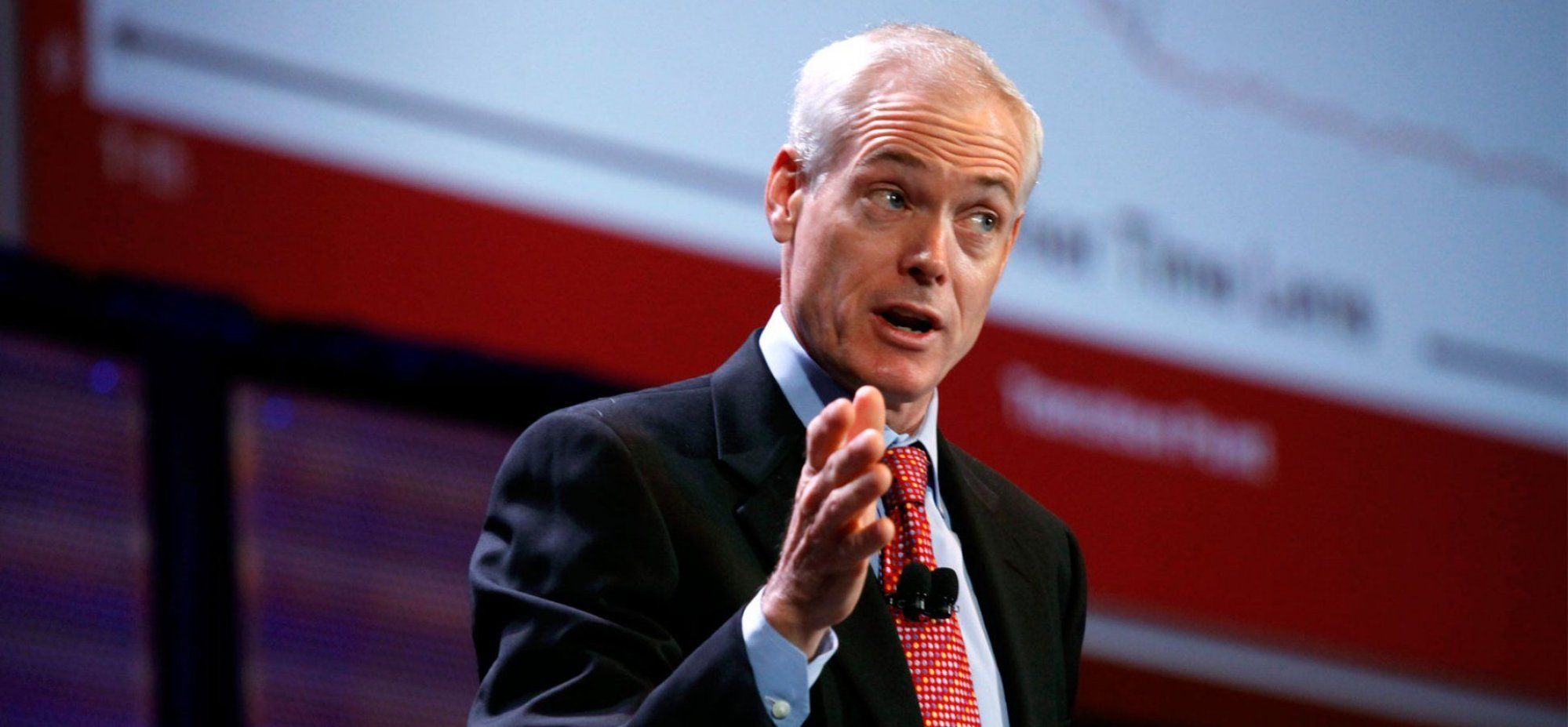Seeking Out New Ideas
If you trawl through the book section of Amazon, you will find many management guides from a variety of authors all promising that for a small sum they will help you unlock the secrets of business success. Some of these books simply regurgitate old information, offering no new insights or ideas. Others do have that certain something that lights the fuse of imagination, encouraging a new way of thinking and a new approach to things.
In my line of work, I’ve read more than my fair share of these books. In professional coaching, we always seek out new ideas and consider new methods. I firmly believe that learning should be an ongoing process, regardless of your position or experience in a field. A scientist does not simply stop once they’ve made a discovery. No, they seek to discover more, to expand their knowledge further. Why should anyone else be different? Advancement is the cornerstone of fulfilment, and the driver of betterment for both ourselves and the wider world.
‘Good to Great’ by Jim Collins
The book that has stuck with me the most is ‘Good to Great’ by Jim Collins. Over a five-year period, Collins and a team of researchers studied the practices of over 1,100 companies across varying sectors. They collated over 6,000 articles, generated over 2,000 pages of interview transcripts and amassed huge amounts of data. Their goal was simple – to find what separates the good companies from the great companies. Greatness was defined as companies who could sustain financial performance several multiples better than the market average.
I highly recommend reading this book from cover to cover, but right now I want to look at the key ingredients of success that I took from ‘Good to Great’, and provide my own personal insights on them.
Get the Right People on the Bus
This is about hiring for attitude and cultural fit, rather than focusing exclusively on skills and experience. Too often a business will prioritise a candidate with the First-class honours degree and fifteen years of prior experience over the candidate with a 2.1 and only a couple of years’ worth of experience regardless of each candidate’s personal skills and attitude. While this makes sense in theory, it may falter in practice.
What we must always remember is that your people are the key to the success of your business. When hiring you should always remember the culture of your business, and consider whether a candidate is a good fit for that culture. A lot of conflict in the workplace arises merely from a clash of personalities. If you’re striving for an innovative, creative workplace would a candidate unwaveringly committed to a particular way of doing things really be appropriate for a role? Make sure you’re not dazzled by qualifications and experience, and ensure that your questions delve into a potential candidate’s personality in addition to their ability.
Get the Wrong People off the Bus
Someone with the wrong attitude can be a toxic presence in the workplace. Imagine, for example, someone who has a dismissive attitude towards the concerns or views of their co-workers. Perhaps this person views their role as having more importance, or they simply have a naturally stand-offish personality. Whatever the reason, their negativity and hostility towards their colleagues will quickly spread like a poison cloud throughout the office. Productivity will suffer as worker morale erodes, and with that goes the performance of your business.
You need to have balance in the workplace. It is too much to ask that everybody become best friends but the right people will have the right attitude – they will strive to move beyond any minor conflicts, and work together professionally and productively. Although they might not always agree with each other, they will endeavour to do what is right for the business. The wrong people, however, will do the opposite and although it’s difficult, effective leaders must identify them and move them on.
Get People in the Right Seats on the Bus
You’ve assembled your team. You know you’ve got the right people in, and the wrong people out. The next step is to make sure those people are in the right roles. The transformational leader (and you can read more about that here) will invest their time in assessing each person’s strengths and weaknesses, and manoeuvre them into the positions where they can shine. Think less about hiring people for a role, and more about hiring people for a career.
Never assume that because somebody has applied for a particular position that is all they can do. Instead, take time to look at what they’re doing, how they’re doing it etc. You may find yourself with rough diamonds, who would excel in a different role in your company. Always make an effort to steer people towards achieving their absolute best. Consider opportunities that arise that could develop the skills of the team you have. By doing this, you will foster an atmosphere of respect and appreciation from your people, while also simultaneously strengthening the foundations of your business. Everybody wins.
Driving the Bus
Above all, Jim Collins noted that the companies that were the most successful had people at the helm who took a balanced, considered approach to business. A good leader has tremendous personal and professional drive and determination, they’re ambitious and possess the will to win. But it isn’t a will to win at any costs, as so many movies would show us. They’re also humble and compassionate, caring as much about their people as they do about their business because they know that no matter how inspiring they are, or how wonderful their product and vision, it is the people that will lead the business to success.
These are just a few of the areas that Jim Collins addresses in ‘Good to Great’. Again, I thoroughly recommend picking up a copy and giving it a read. I firmly believe you won’t regret it.













